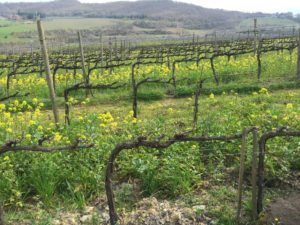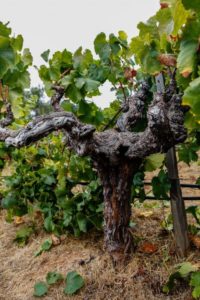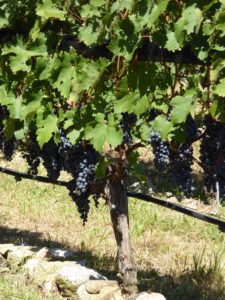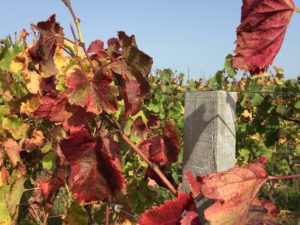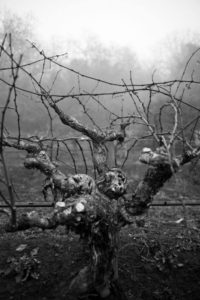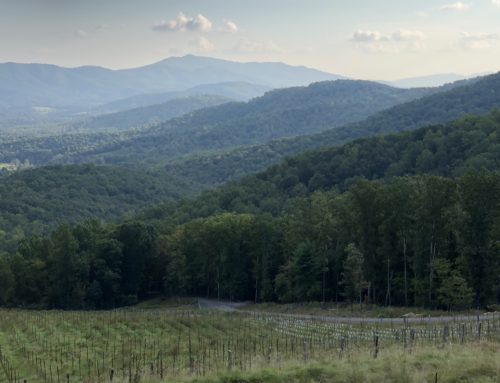During the course of a single year, grapes and vines go through several important stages. The life cycle begins in the spring, around April 1 in the northern hemisphere (the dates are six months later in the southern hemisphere). The new shoots–small, green, feathery branches–emerge from dormant buds on the vine. This is called bud break. As May arrives, the shoots lengthen and tiny flowers appear which “set,” or pollinate themselves (cultivated grapevines are hermaphroditic). The pollinated flowers grow into tiny berries that stay green and hard until midsummer. In July, the berries begin to soften, swell, and change color (called veraison). The skins of white varieties will turn shades of yellow, gray, and light pink; red varieties will turn purple, and some will appear almost blue-black. Come fall–usually September through October–the grapes will be harvested. Finally, in November and December, the vine loses its leaves and goes into dormancy until the following spring when the cycle will begin anew.
Grapes
Although more than a thousand grape varieties are grown for commercial wine production across the globe, not all grapes can be grown everywhere. Many grow best in specific climates and soil types; For instance, Riesling, Nebbiolo, and Pinot Noir are fairly challenging grape varieties that thrive only in very specific conditions. Others, like Chardonnay, Merlot, and even Cabernet Sauvignon, are more versatile and can be (and are) grown in a number of different climates.
Many of the most beloved wines are made from grapes that originated in France and are now planted across the globe. Although varieties of grapes present differently–just like various breeds of dogs and cats look different–the vast majority of the wine we drink is from the species Vitis vinifera. Cabernet Sauvignon, Merlot, Riesling, Chardonnay, and Pinot Noir are all examples of Vitis vinifera.
Here’s the thing:
I’ve been learning a lot lately about viticulture, especially since I recently began the first unit of six required to earn the WSET (Wine and Sprit Education Trust) Level 4 Diploma in Wine. This course focuses on wine production–viticulture and vinification. It’s basically about what’s happening in the vineyard as well as in the cellar. And, how all of that knowledge, work, and art translate into what’s in our wine glasses.
So, although grapevines are dormant during these cold, January days, they’re just resting. And, in a couple of months, they will reawaken and begin their life cycles all over again–stretching new, green, feathery branches and bursting into a lovely world of sunlight and warmth. Another wonderful reason to look forward to springtime!
Cheers! 🌎🍷🥂

